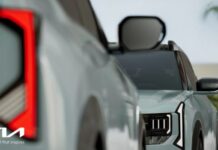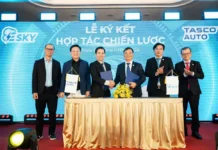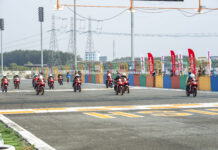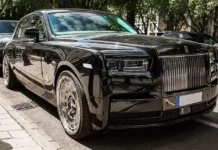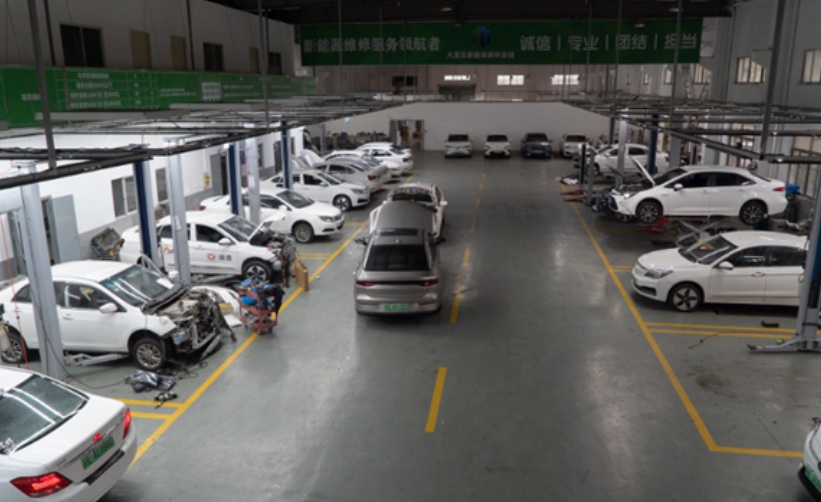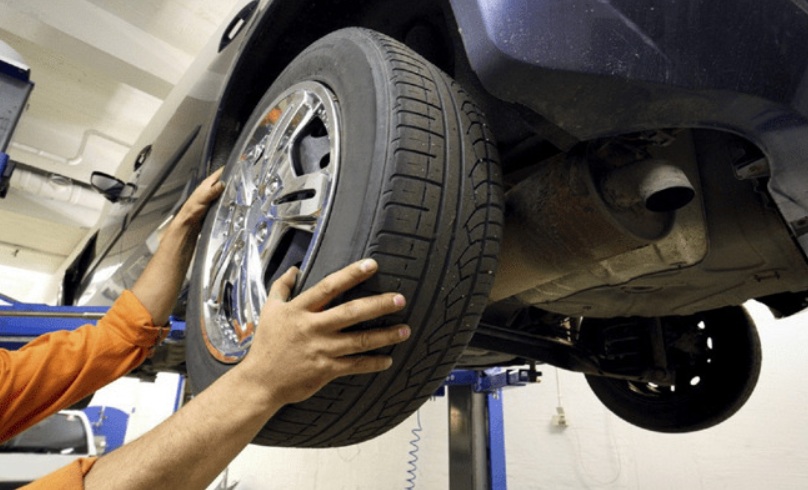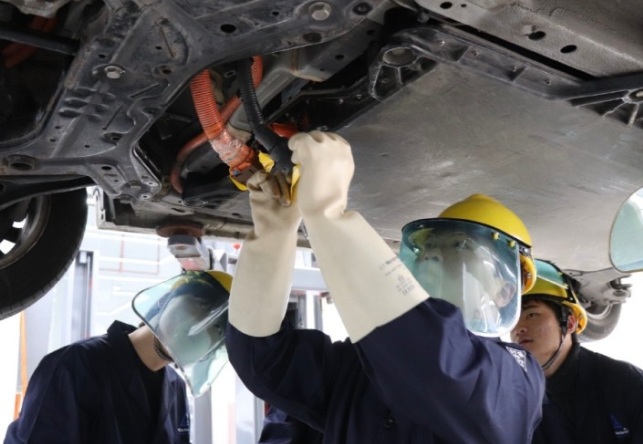As electric vehicles boom in China, a troubling reality is emerging: EV repairs are not only technically complex but have become a ‘dangerous’ profession, with independent mechanics and repair shops facing legal, technological, and information access barriers.
According to Car News China and Sina, a string of recent lawsuits and prosecutions is sparking controversy over “right to repair” – a concept taken for granted in the traditional automotive industry but now a hot-button issue for EVs.
One notable case involves a mechanic and vlogger nicknamed “Long Brother,” who was sued by three EV manufacturers for publicly sharing repair tutorial videos of their vehicles.
A more severe case occurred in Shanghai, where two mechanics, nicknamed “Big Liu” and “Small Liu,” were sentenced to six months’ imprisonment for “destroying computer information systems.” They were accused of using diagnostic tools to copy data from a functioning battery pack to a locked one to restore a customer’s vehicle’s ability to discharge electricity.
In China, EV data must be uploaded to a centralized monitoring system, and such battery interference is argued to potentially distort data. Manufacturers like Nio argue that this poses significant safety risks and affects system integrity, insisting that only authorized service centers can guarantee technical standards.
The “right to repair” remains unclear
The core of the current controversies lies in accessing technical information and genuine spare parts – essential elements for independent repair shops to operate. While Chinese law has mandated that manufacturers disclose repair data, its enforcement for EVs has been slow and limited.
Many manufacturers tightly control access to diagnostic software, components, and repair manuals, creating “invisible barriers” that make it nearly impossible for third parties to access. Vehicle owners also suffer, as warranty terms often stipulate that non-authorized repairs may void the warranty, especially for critical components like batteries and electric motors. This raises the question: do owners truly own their vehicles, or are they merely users under a contract?
Technological and software update obstacles
Beyond legal barriers, mechanics also face technological challenges. Increasingly complex electronic systems, deeply integrated control software, and frequent OTA (over-the-air) updates mean that EV repairs are not just about replacing parts. A minor incorrect operation can cause system faults or render the vehicle unable to receive future software updates.
This has led many mechanics to opt-out of working on EVs. Some share that they only accept repair jobs for Tesla vehicles – a brand with fewer precedents of third-party repair lawsuits compared to domestic Chinese brands, which are increasingly stringent.
After-sales loopholes and dangers for users
Another consequence is that China’s EV after-sales network is revealing critical loopholes. Authorized service centers are not dense enough, especially in rural and lower-tier cities. Meanwhile, independent repair shops are restricted in their operations, leaving users with limited choices.
The situation is more severe for owners of vehicles from bankrupt brands, which no longer have functioning after-sales systems. They are forced to turn to external workshops, which may not have the proper knowledge or parts to repair their vehicles correctly.
The need for an open and transparent after-sales market
In response, the Chinese government has taken action. In January 2025, new guidelines were issued, emphasizing reducing EV repair costs and promoting a competitive and healthy after-sales market.
Manufacturers and battery producers are encouraged to share technology and sell crucial components (“the big three”: batteries, motors, and electronic control units). The government also promotes developing low-speed crash test standards, risk classification systems for insurance, and technical data-sharing mechanisms to facilitate third-party involvement.
However, the most significant barrier remains the shortage of high-quality personnel. China is estimated to lack approximately 824,000 skilled EV technicians, a considerable gap if the country aims to sustain its EV development sustainably.
The EV revolution is not just about sales figures or charging stations but also depends on building an open, safe, and fair after-sales ecosystem for both users and technicians. If the right to repair is not clarified and data-sharing is not promoted, the very development of the EV industry could be hindered from within.



